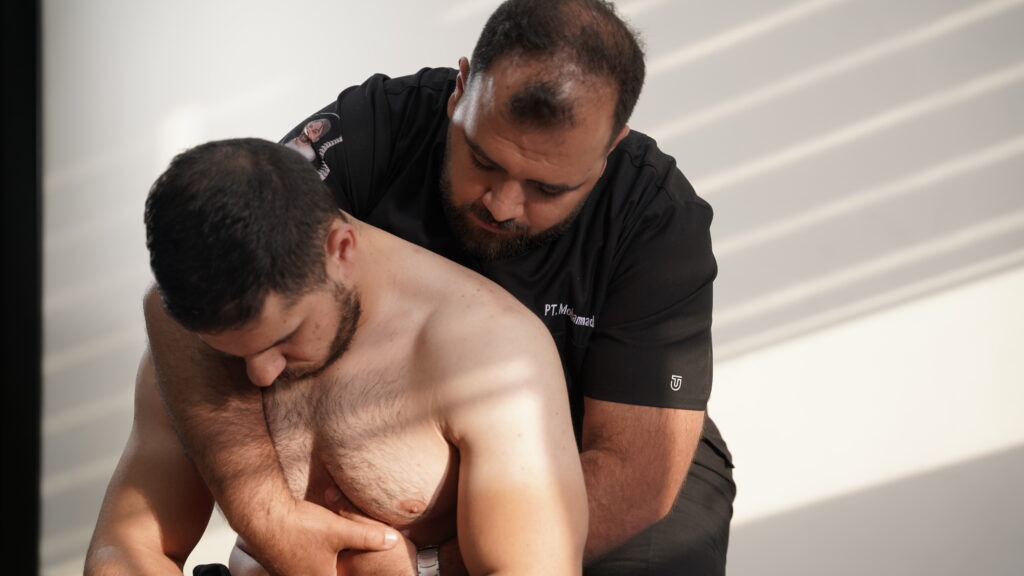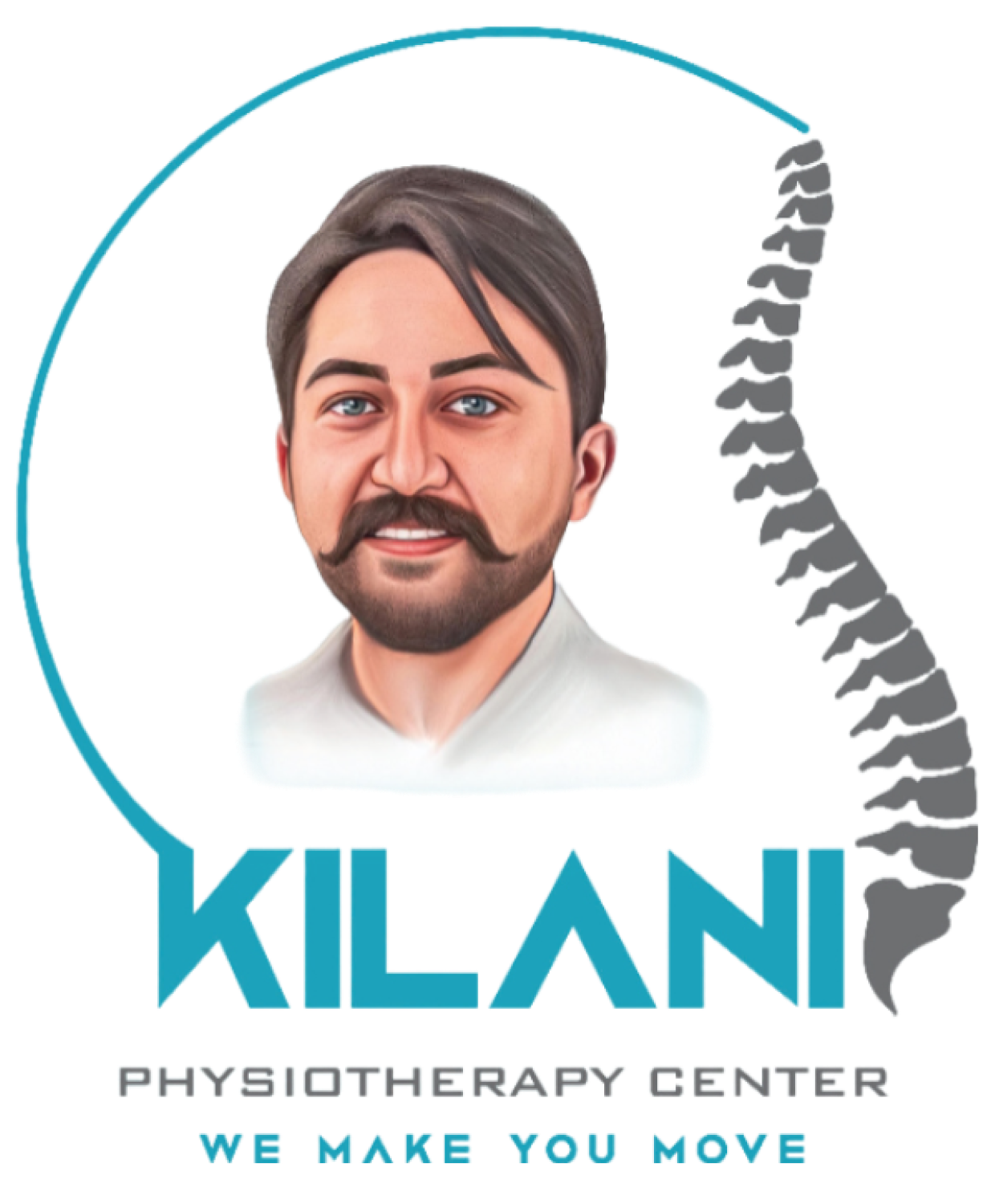Visceral Manipulation in Physiotherapy: A Comprehensive Guide
Kilani
March 9, 2025

Introduction
Visceral manipulation (VM) is a specialized hands-on therapy used in physiotherapy to enhance the mobility and function of internal organs. This approach is based on the principle that organs, like muscles and joints, have a natural movement and rhythm. When these movements are restricted due to surgery, trauma, stress, or inflammation, it can lead to dysfunction and pain. By gently manipulating the connective tissue surrounding the organs, physiotherapists aim to restore mobility, improve organ function, and alleviate pain.
History of Visceral Manipulation
Visceral manipulation was developed by French osteopath and physiotherapist Jean-Pierre Barral in the 1970s. Through his clinical practice, Barral observed that restrictions in organ movement were associated with musculoskeletal pain and dysfunction. He conducted extensive research on the biomechanics of internal organs and developed specific techniques to release adhesions and restore optimal function. Over the years, visceral manipulation has gained recognition among physiotherapists, osteopaths, and manual therapists worldwide.
When to Use Visceral Manipulation
Visceral manipulation is indicated for a variety of conditions, including:
Digestive Issues: Chronic constipation, bloating, acid reflux, irritable bowel syndrome (IBS)
This is the most case we see in Kilani physiotherapy center for V M
Chronic Pain: Back pain, neck pain, and pelvic pain associated with organ dysfunction
Post-Surgical Adhesions: Abdominal or pelvic surgeries can cause scar tissue that restricts organ movement
Gynecological Disorders: Endometriosis, menstrual irregularities, and fertility issues
Respiratory Conditions: Asthma and restricted breathing due to diaphragm tension
Post-Traumatic Injuries: Car accidents or falls affecting internal organ mobility
Who Needs Visceral Manipulation?
This therapy is beneficial for individuals experiencing chronic pain, digestive disorders, post-operative complications, or those with a history of trauma affecting the abdomen or thoracic cavity. It is often recommended for patients who have not found relief through conventional physiotherapy methods. Athletes, individuals recovering from surgery, and people with stress-related tension may also benefit from VM.
Benefits of Visceral Manipulation
The potential benefits of visceral manipulation include:
Pain Relief: Reduces musculoskeletal pain linked to organ dysfunction
Improved Digestion: Enhances gut motility and function
Better Posture and Mobility: Releases restrictions affecting movement
Enhanced Circulation: Improves blood and lymphatic flow
Reduced Inflammation: Helps decrease chronic inflammation in affected areas
Stress Reduction: Promotes relaxation by releasing tension in the nervous system
How is Visceral Manipulation Performed?
Visceral manipulation is performed by a trained physiotherapist or manual therapist using gentle, precise hand movements. The process involves:
Assessment: The therapist evaluates the patient’s posture, movement, and palpates the abdomen to identify restrictions.
therapistGentle Manipulation: Using light pressure, the mobilizes the affected organs to restore their natural movement.
Integration with Other Therapies: VM is often combined with traditional physiotherapy, myofascial release, and other manual therapies for a holistic approach.
Patient Education: Patients may receive guidance on breathing techniques, posture, and dietary adjustments to support treatment outcomes.
Conclusion
Visceral manipulation is a valuable therapeutic technique in physiotherapy, addressing internal organ mobility to promote overall health and well-being. With its roots in osteopathy, it continues to gain recognition for its effectiveness in treating a wide range of conditions. By improving organ function, reducing pain, and enhancing overall movement, VM offers a holistic approach to patient care, making it a powerful tool in physiotherapy practice.
If you need to this type of treatment, do not hesitate to contact us at our branches in Jordan, Dubai and Sharjah.
